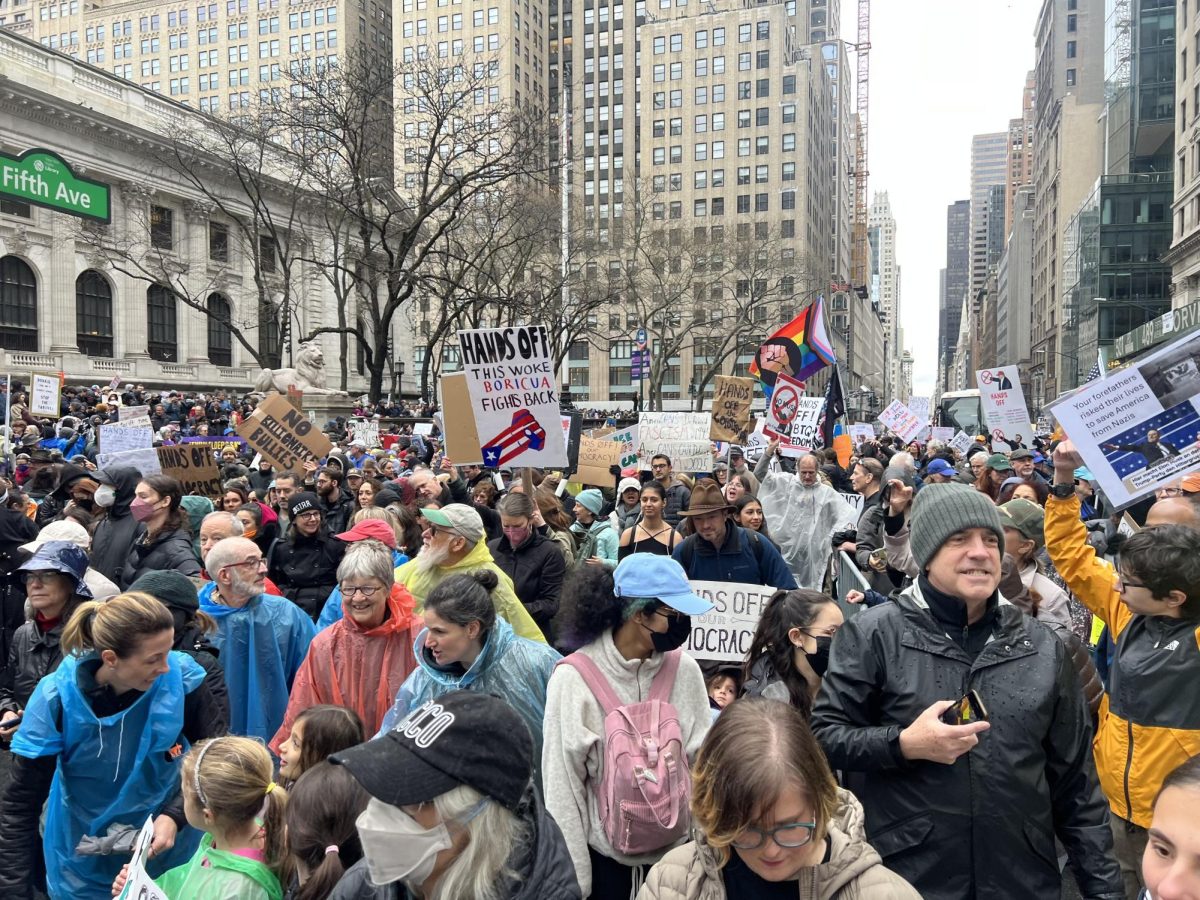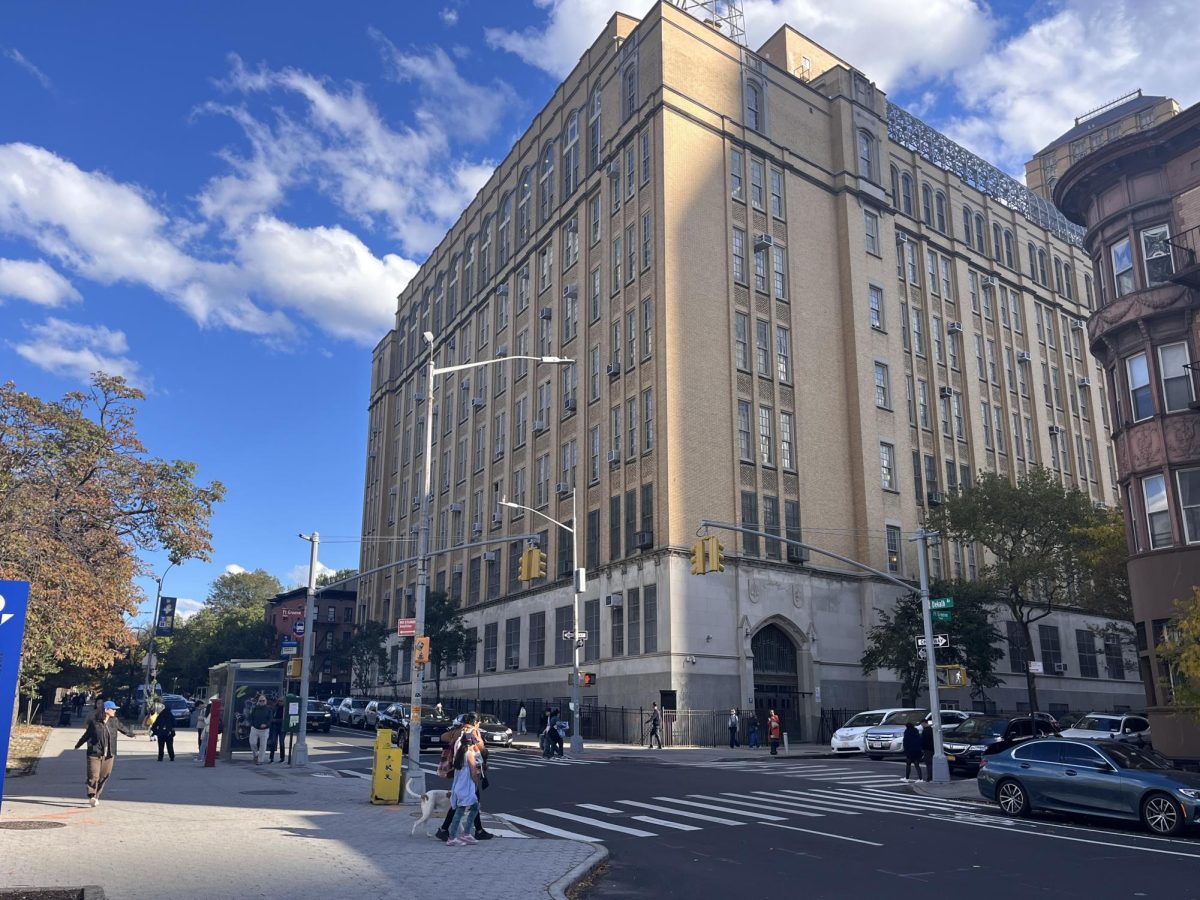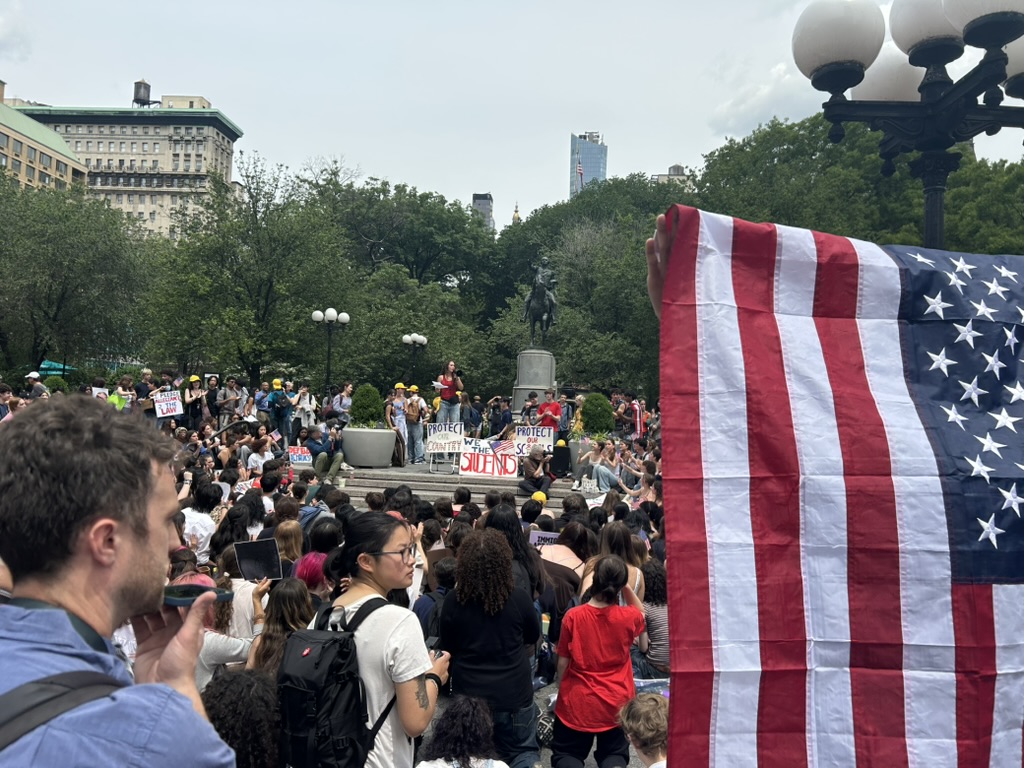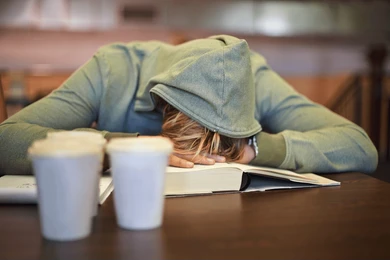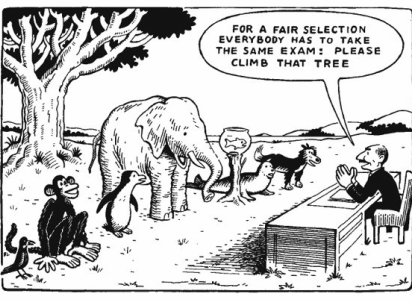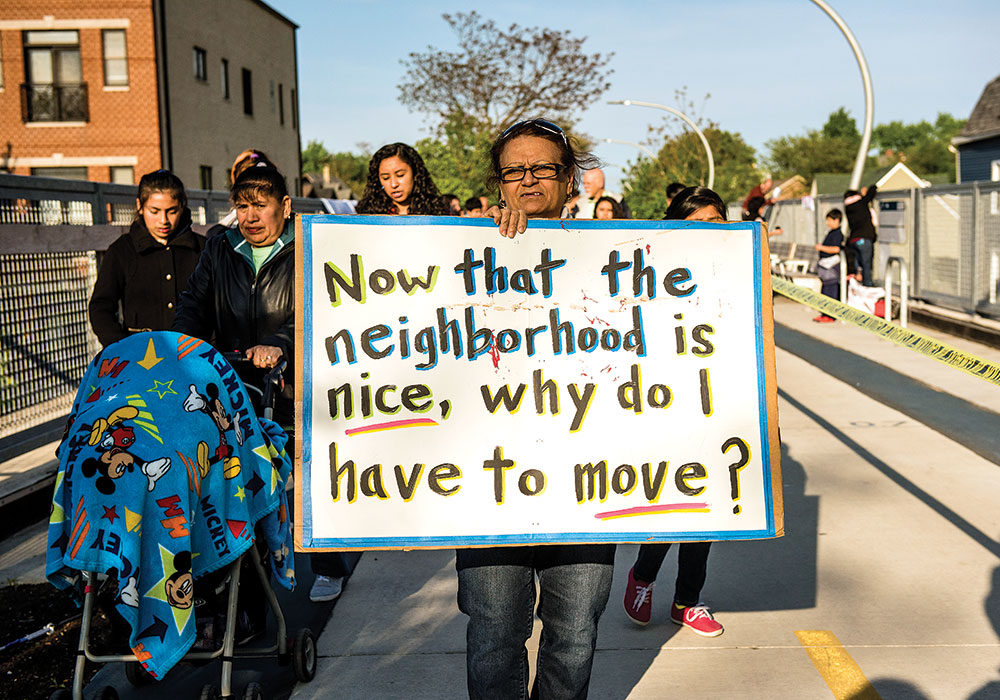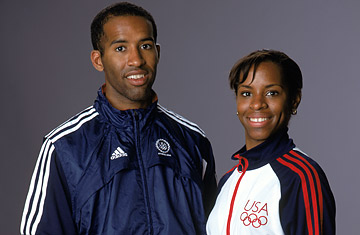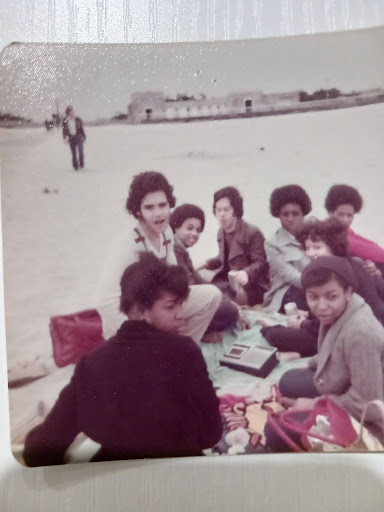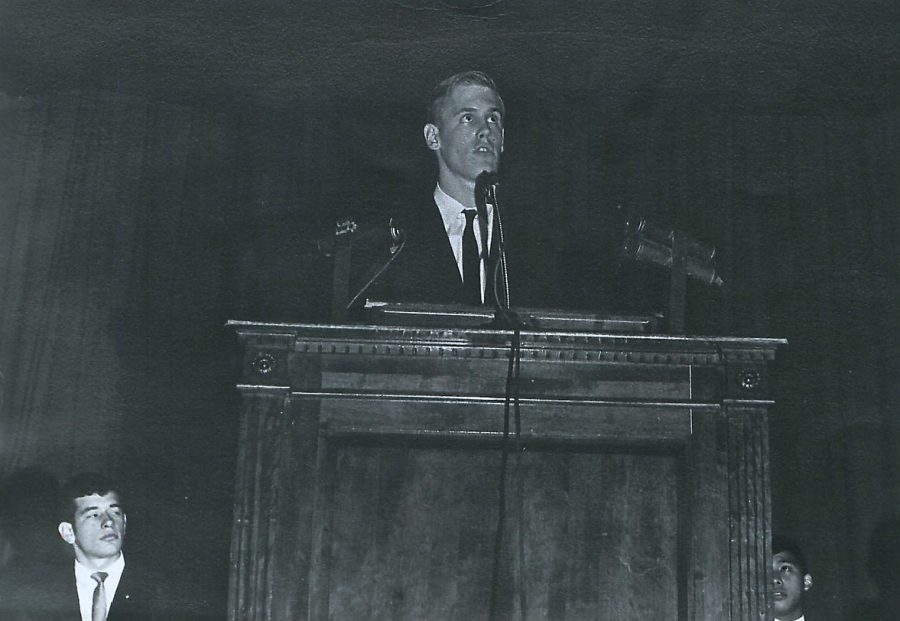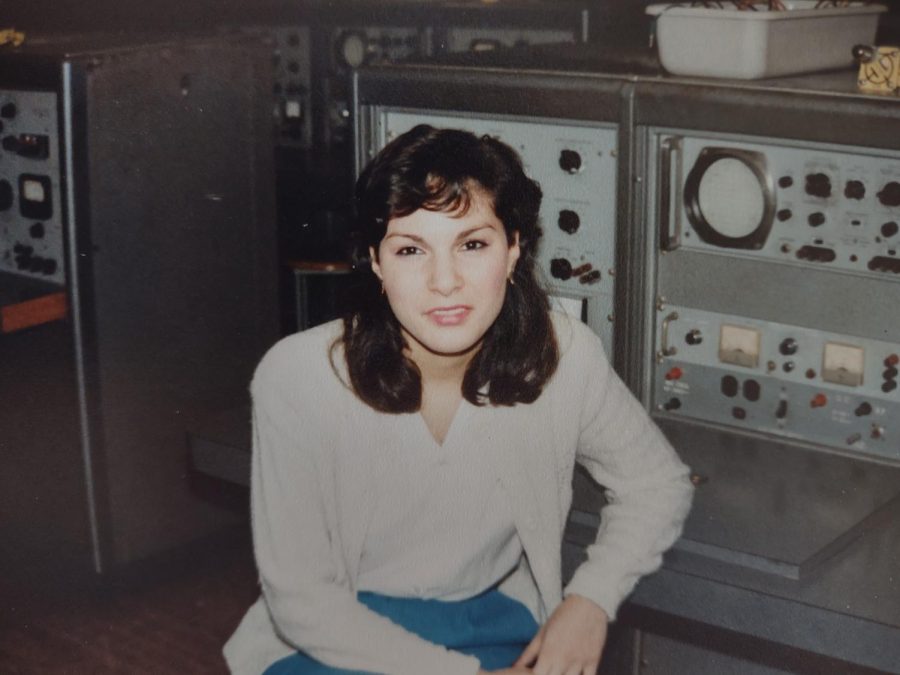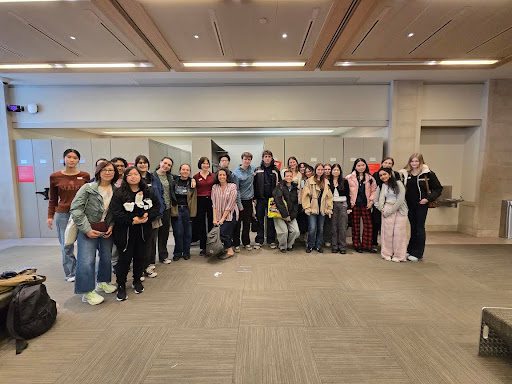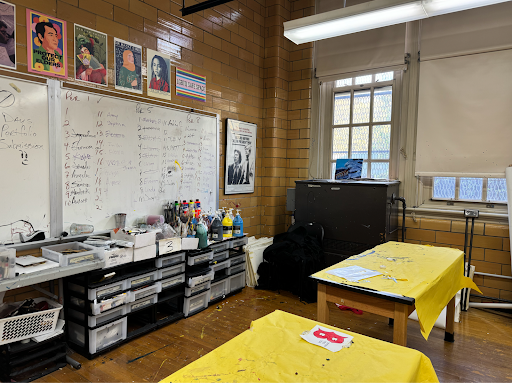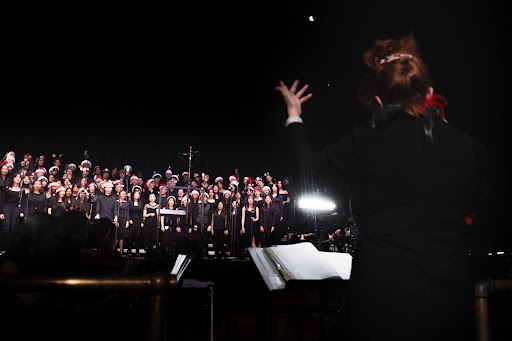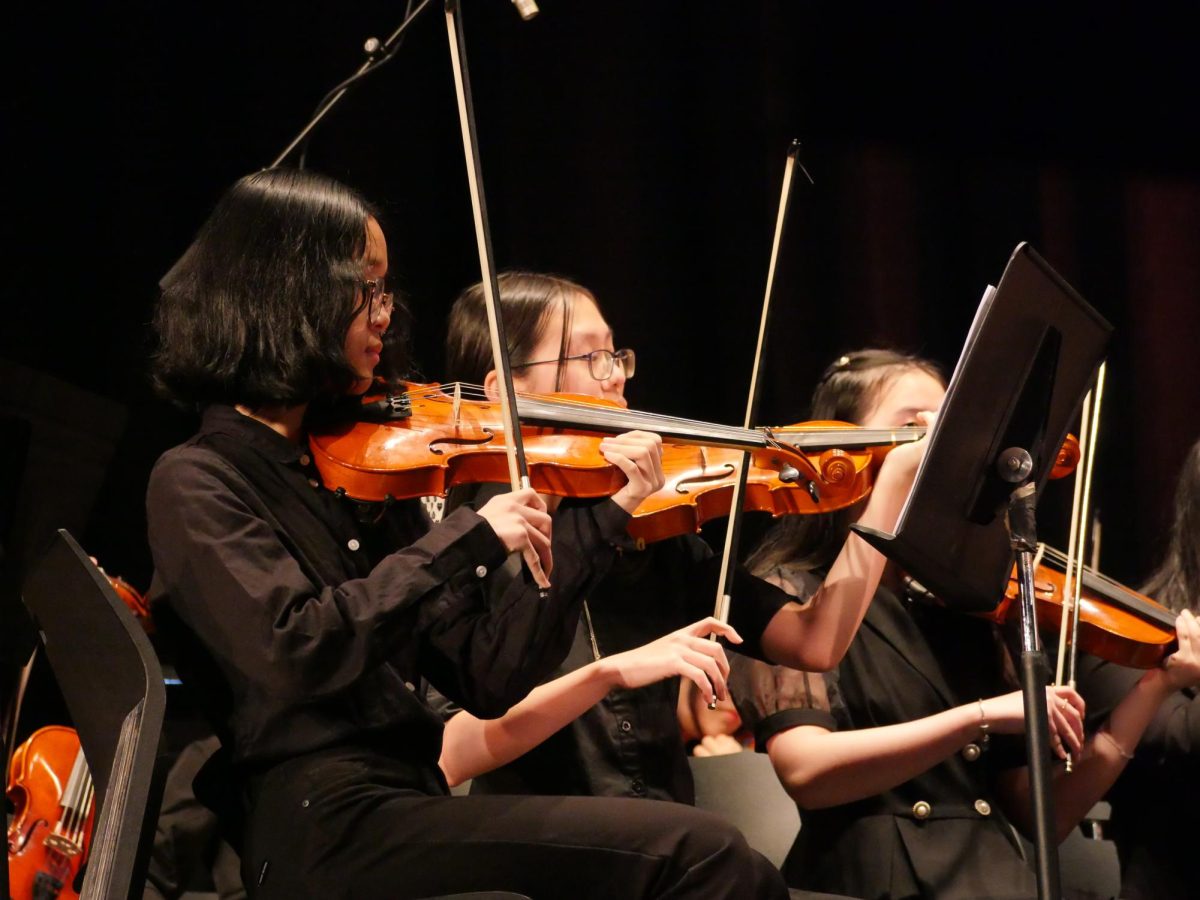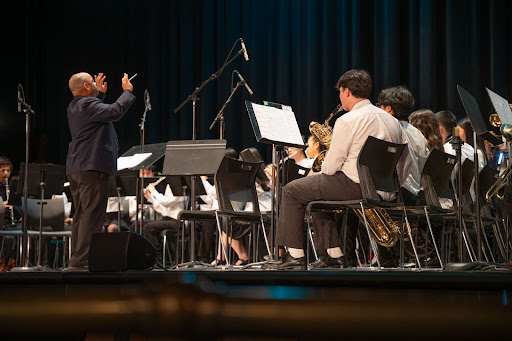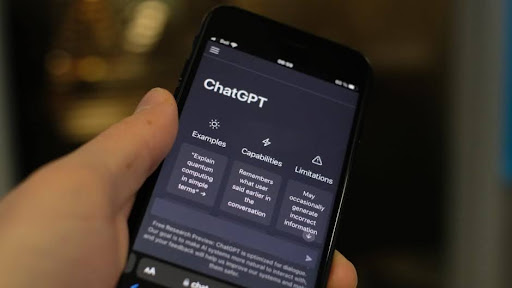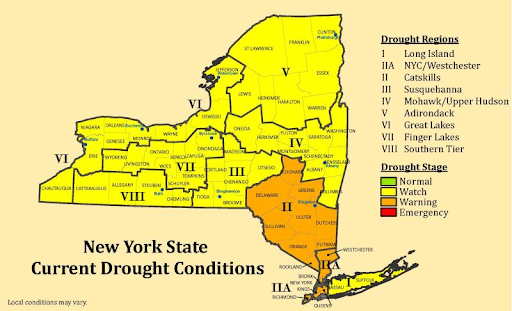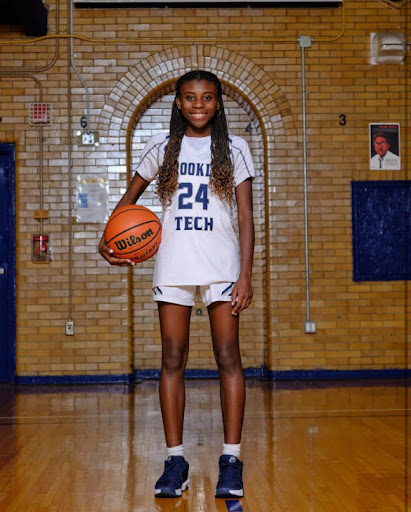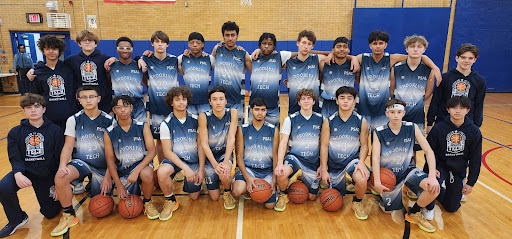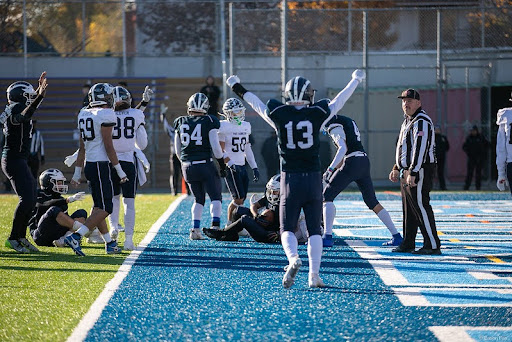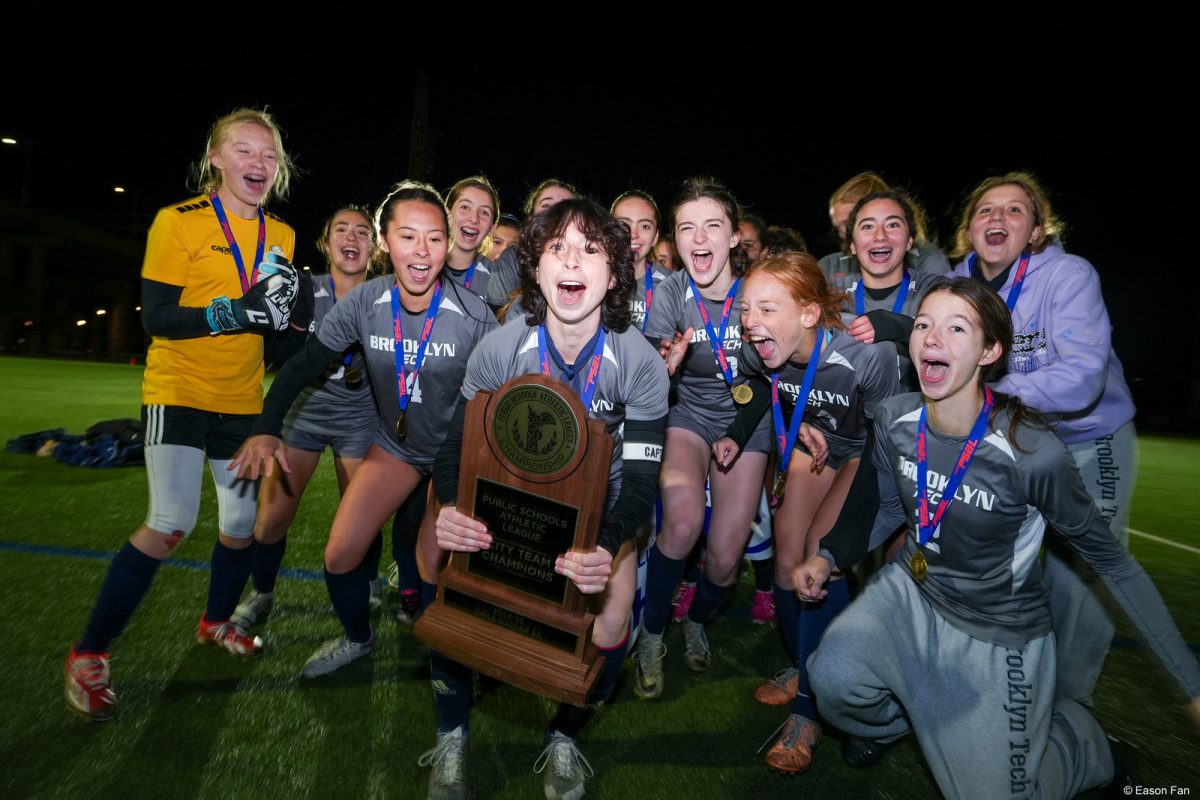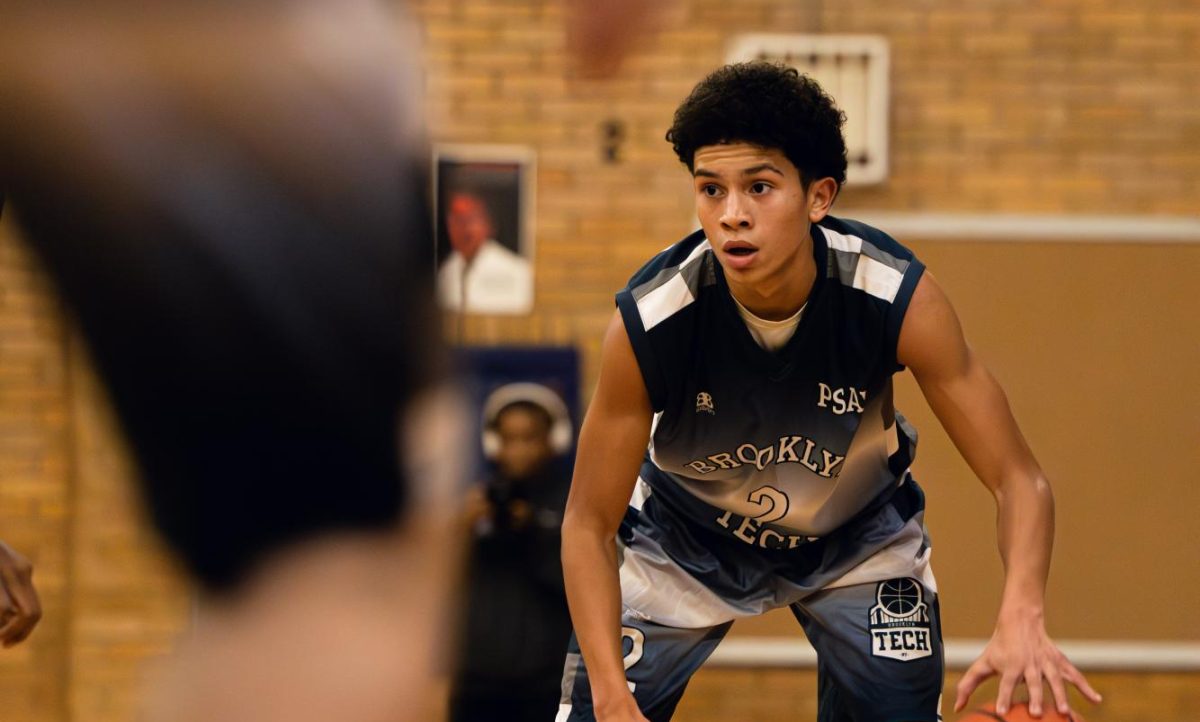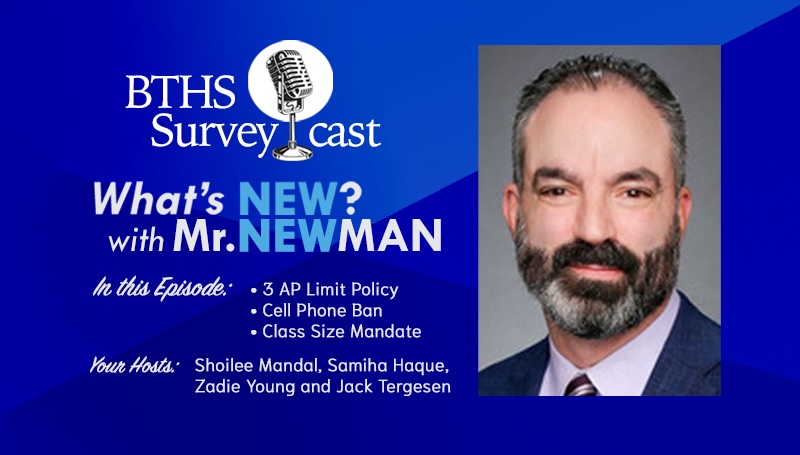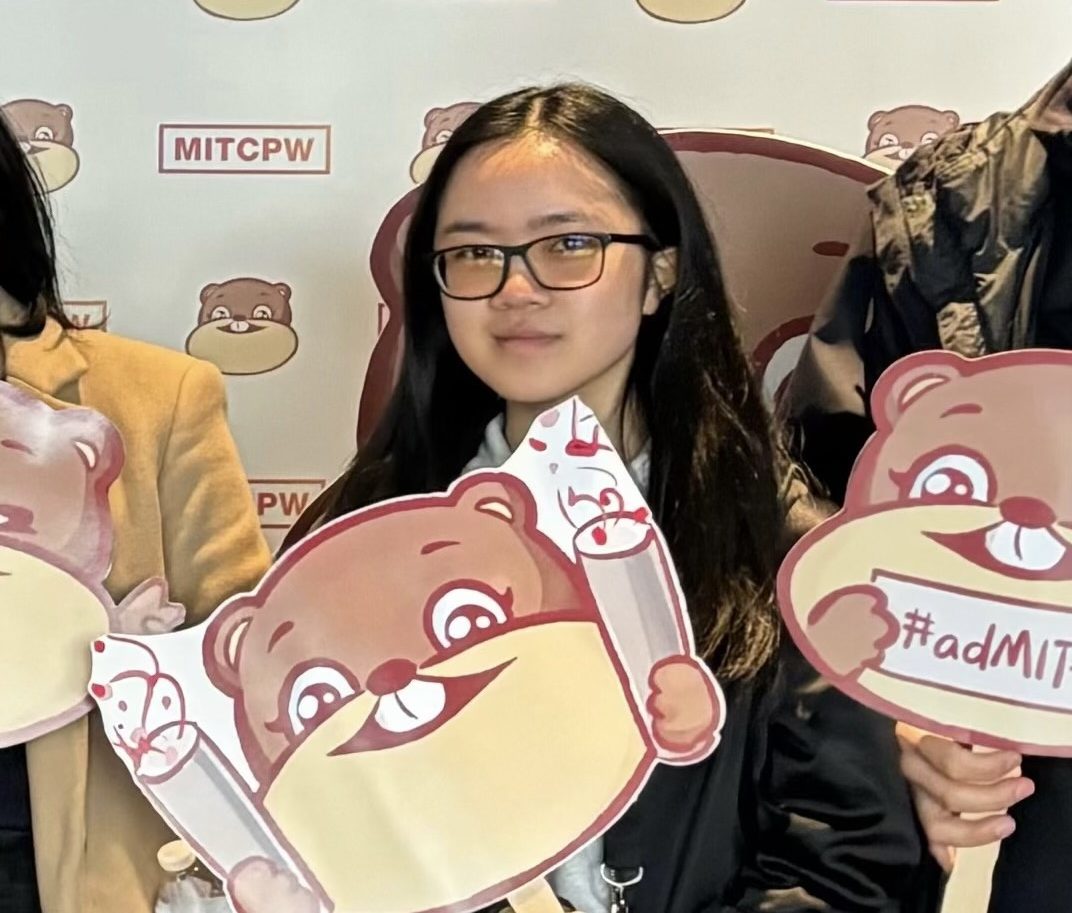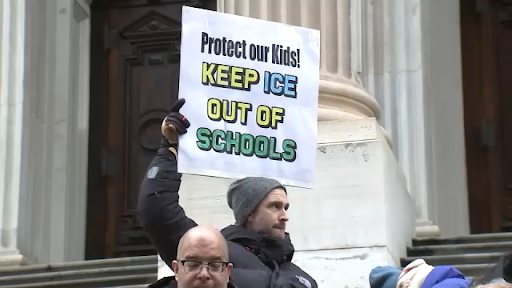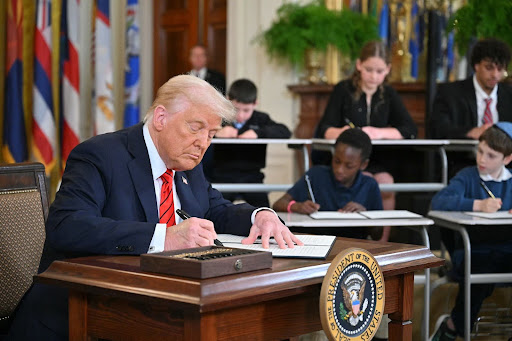New York Governor Kathy Hochul has signed into law a landmark piece of legislation that will lower class sizes in every grade in New York City over the next six years. By the fall of 2028, Brooklyn Tech will be legally mandated to have no more than 25 students per classroom, making the current freshman class the first to experience this change.
For decades New York City parents and teachers have advocated for reduced class sizes in public schools. Numerous studies have reported that larger educator to student ratios allow for more tailored instruction and are correlated with higher student engagement and achievement. In the United States, the average high school class size is 21, and the New York State average is even lower at 19.6. In contrast, the most recent New York City Department of Education (NYCDOE) analysis reported an average high school class size of nearly 26. Brooklyn Tech is a striking outlier even among NYC’s large classes, with the majority of classrooms hitting the upper limit of 34 students.
Despite the momentousness of this change, not many Tech students are aware this is coming. In a live poll The Survey conducted, less than 45% of 50 Tech students said they have heard about this law.
Daniel Park (‘29) is optimistic about the ruling. “Before I applied to Brooklyn Tech, I applied to boarding schools, and they always had 10-15 students per class,” he said. “That’s a good thing, because teachers can concentrate and kids can ask more questions, whether it’s about the class or personal issues.”
Others, like Civil Engineering major Stella Pruitt (‘27), see the mandate differently.
“At least for me, the class sizes and just the school being so big was one of the appeals of Tech,” she said. “I think it benefits students and makes it more fair because students will feel less preferentiality—it’s not like there’s one kid who is the teacher’s favorite. It’s one of the things that I love about Tech. Having such a big class levels the playing field.”
Sammy Bolotin (‘28) is skeptical about the implementation of this restriction at Tech because of the oversized student population.
“I don’t think it would be a good idea because there’s so many kids in this school, and if there’s less kids in the classroom, there’s an even lower percentage of people you know [out of the overall grade],” said Bolotin.
Many share this affinity for large classes at Tech, as they facilitate getting to know more students, but the implementation of the 25 students per classroom rule has already begun.
“We’re doing everything we can to have the most classes we could possibly have meet the class size mandate for next year, […about] 25% of our classes across the board,” Principal Newman noted this spring on the Surveycast, The Survey’s podcast, that, “That is as much as I possibly could do with the space that we have. And something’s got to give after that.”
Tech is already reaching its limits when it comes to rooms and teachers, creating immense problems.
“I’ve assessed that we would have to hire north of 80 new teachers to make this all work,” explained Newman. “Our plan [for the fall of 2025] to get us 25% of the way there is to hire 17.”
More importantly, removing 9 students from each room of 34 will necessitate over 35% more sections for any given class, adding up to about 50 more classrooms by Newman’s estimate.
The Tech administration has put forth several solutions to accommodate the new class size cap. One suggestion is to create a freshman annex in a separate building from Tech in the surrounding neighborhood where freshmen would attend classes in their first year at Tech. Newman posited that because freshmen do not have majors, it could make sense for them to be separated from the other grades. “I don’t know if the city plans to build us a brand new building – as you can imagine that would take a long time—but it is a very big possibility that they give us an annex, another building, somewhere around here,” said Newman. “The freshman annex that’s been floated as a plan by me…makes the most sense.”
According to Mr. Newman, the most likely channel for this option would be for a nearby elementary school to merge with another, leaving an empty building to house the annex.
If a potential annex were a new construction, Newman explained that it would likely delay Tech’s implementation of the class size limit, as such a building could easily take over a decade to construct and outfit, but the DOE could exempt Tech from any class reductions until the annex opened.
Some students critique the notion of a separate building for freshmen, saying it would limit the mentoring freshmen get from upperclassmen, reduce cohesion across grades, and essentially create two freshman years, as sophomores moving into the original building would again be forced to navigate a whole new Brooklyn Tech environment.
“Segregating the freshmen is not a good thing,” said Noah Thomas (‘28). “Interactions with upperclassmen help shape the Tech experience. By separating the freshmen they won’t get a sense of the building’s layout—it’s built like a f****** labyrinth.”
While the annex option is far from an ideal arrangement the main counterproposals also present significant obstacles.
One proposed solution is the extension of the bell schedule to start at least 40 minutes earlier, bringing students into the school starting at 7:20 a.m., and holding classes until a 12th period ending at 4:19 p.m..
In fact, Tech actually used a similar approach when faced with overcrowding under different circumstances over 20 years ago. In the aftermath of the 9/11 attacks, Tech shared its building on Fort Greene Place with Stuyvesant students who had been displaced from their own campus in lower Manhattan. At the time, there were less than 5,000 Tech students, and the two schools designed a split shift day, with Tech students starting at 7:00 a.m. and vacating the building by 11 a.m to make room for the Stuyvesant students.
Parents at the time critiqued the change for disrupting student schedules and feared it would reduce the quality of the education at Tech. Today, an equally major issue a program extension would raise is that clubs and PSAL practices must start after the last class period of the day.
Some students, like Liam Terry (‘28), would face significant disadvantages because of already crowded schedules and long commutes.
“I’m on a sports team and I already get home at 9pm,” said Terry in an address to the school administration, adding “Please don’t [extend the bell schedule].”
A final, more drastic option is to reduce Tech’s massive enrollment as the nation’s largest high school. While this would increase the competition for freshmen admission slots, some current students contend that this solution would be the least disruptive to the school culture by keeping the school physically together at the same time and additionally reduce internal pressure.
“It’s a better idea, and it will reduce the competition for college,” said Milena Cohen (‘28). “With the freshman annex [the freshmen] will be too segregated and there will be a negative hierarchy.”
As initial execution of the class size limit began, The Survey spoke to the Programming Office about how in anticipation of the coming mandate, Tech has started to reduce the size of some classes, compounding the Program Office’s already logistically complex task of placing 6000 students in class. Students have struggled even more than usual this fall to get settled into their schedules as the phone ban hinders flexibility in accessing their latest documents and contacting guidance counselors, mirroring the challenges of the programming team as it simultaneously handles the 25% reduced classes.
Patricia Multari, Assistant Principal of Testing, Attendance and Programming, said, “As an educator, I think [the class size restriction] is a great idea. Our biggest issue in this school is space. We have made a conscious effort this year to start bringing some class sizes down. The pilots are PE classes, which are capped at 40 students and ICT classes, which we have capped at the required 25 students. I think in the future we are going to have to be creative.”
Multari remains optimistic about the programming office’s ability to handle the new class parameters.
“The programming office team [is] who determines the number of sections per class the school can staff. All requests for classes are then put into the DOE system (STARS), which combines the students’ requests with the periods assigned and creates a schedule for them,” she said. “Having 6000 students means a lot of data to sort through, so it is time consuming, which is why we start in the early spring with course selection. Every year has its own set of challenges,” said Multari.
For students already experiencing reduced class sizes this year, satisfaction varies. Pruitt is in a so-called ‘leftovers’ class this year with just 17 students, and has found the experience uncomfortably different from the Tech standard.
“I hate [the leftovers class],” she said. “I think it makes the class worse because the teacher picks the same people over and over.”
On the other hand, one anonymous student with an Individual Education Plan (IEP) enjoyed having more support from his teacher in a 25 person class, and looks forward to seeing the expansion of small classes.
How Brooklyn Tech will fully implement this class size limit remains to be seen, but Principal Newman seems to see expansion into a freshman annex as the current forerunner.
“They are looking for innovative ideas from principals on how to make this happen, and so it’s my not so innovative idea,” he concluded.

